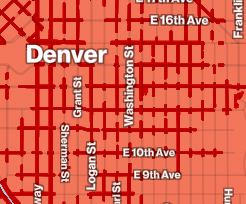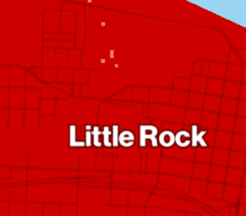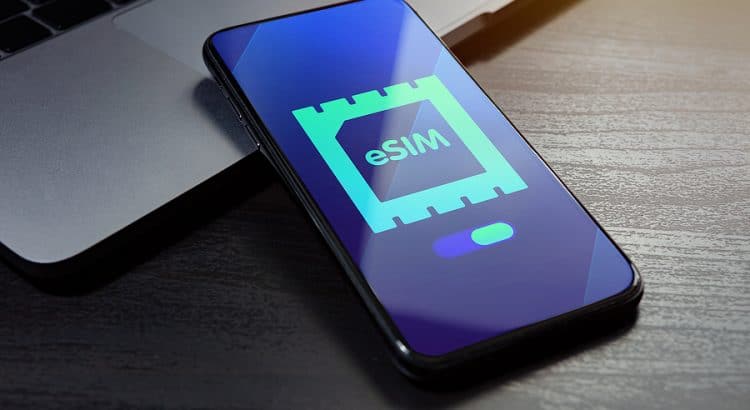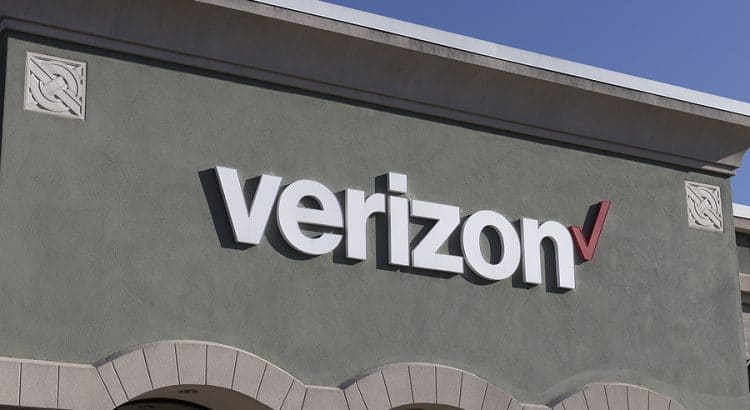Last week, Verizon and AT&T started rolling out service using their recently acquired C-Band spectrum. Up until now, most of Verizon and AT&T’s 5G service hasn’t been particularly fast. With the help of C-Band spectrum, the networks may finally deliver 5G service that lives up to the hype.1
C-Band Spectrum
Last year, the FCC auctioned off a bunch of C-Band spectrum. In the FCC’s auction, the US was divided into 416 regions called Partial Economic Areas (PEAs). These areas weren’t consistent in size or population. I’ve borrowed an FCC Map that shows these areas and added colors to indicate the availability of C-Band spectrum for cellular networks:2

- Blue: Some C-Band spectrum now available
- White: C-Band spectrum to become available by late 2023
- Red: No C-Band spectrum available
Let’s focus on the blue areas. Those are 46 of the largest PEAs. While these regions make up a minority of the US by land area, about 190 million people live within them (58% of the US population).3 Both Verizon and AT&T hold licenses that allow them to use C-Band spectrum immediately in each of the blue-shaded regions, and these are the only areas where C-Band cell service is permitted right now.4
Verizon’s C-Band Coverage
Verizon claims its Ultra Wideband coverage (which includes both millimeter wave and C-Band 5G) already covers over 90 million people. Since Verizon’s millimeter wave coverage is terrible, it’s safe to assume Verizon estimates roughly 90 million people have C-Band coverage.
I’m not sure, but I think Verizon has rolled out at least a little bit of C-Band in each of the 46 eligible PEAs. Right now, Verizon’s C-Band coverage is probably concentrated within big cities. However, with time, Verizon’s C-Band 5G will cover larger and larger portions of the eligible regions.
C-Band Coverage Maps
Verizon shows Ultra Wideband coverage in dark red on its interactive coverage map. While Verizon’s map doesn’t show whether Ultra Wideband coverage comes from C-Band 5G or millimeter wave 5G, you can usually make the distinction for yourself.
When only roads or outdoor areas show up in dark red, we’re dealing with millimeter wave 5G:

In contrast, areas completely shaded in dark red probably have C-Band coverage:5

Based on reports I’ve seen so far, I don’t think Verizon’s C-Band mapping is particularly reliable.6 It should get better over time, though.
Other Carriers Using Verizon’s Network
I expect cell phone carriers that piggyback on Verizon’s network will gradually gain access to Verizon’s C-Band 5G. At the moment, the two other services that I know have access are US Mobile’s Super LTE and Verizon’s low-cost brand, Visible.
AT&T’s C-Band Coverage
While AT&T holds licenses in all 46 PEAs where C-Band spectrum can be deployed immediately, AT&T is starting small. Right now, eight cities have C-Band service from AT&T:
- Chicago
- Houston
- Miami
- Orlando
- Detroit
- Dallas
- Austin
- Jacksonville
I expect we’ll see AT&T bring more cities onboard soon.










